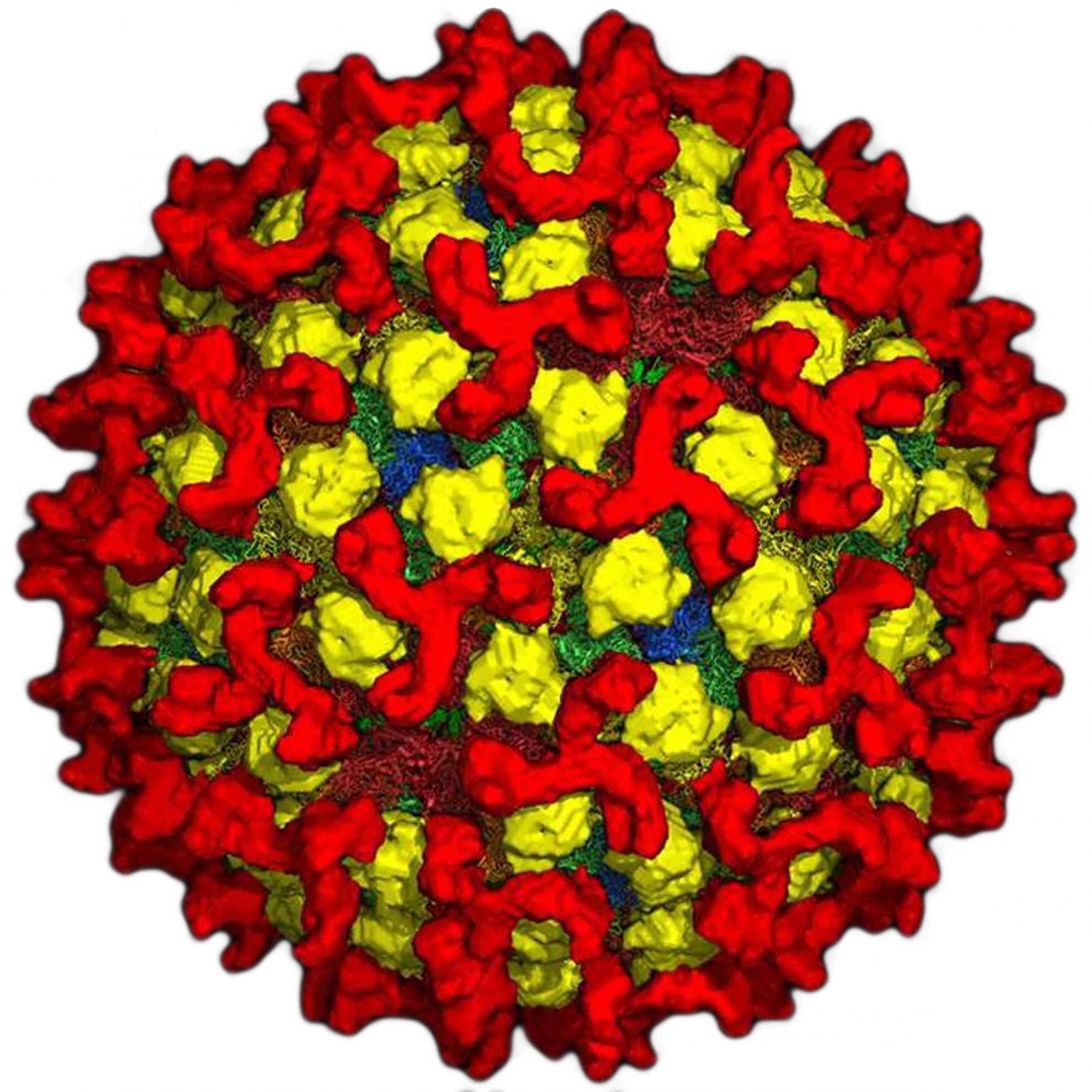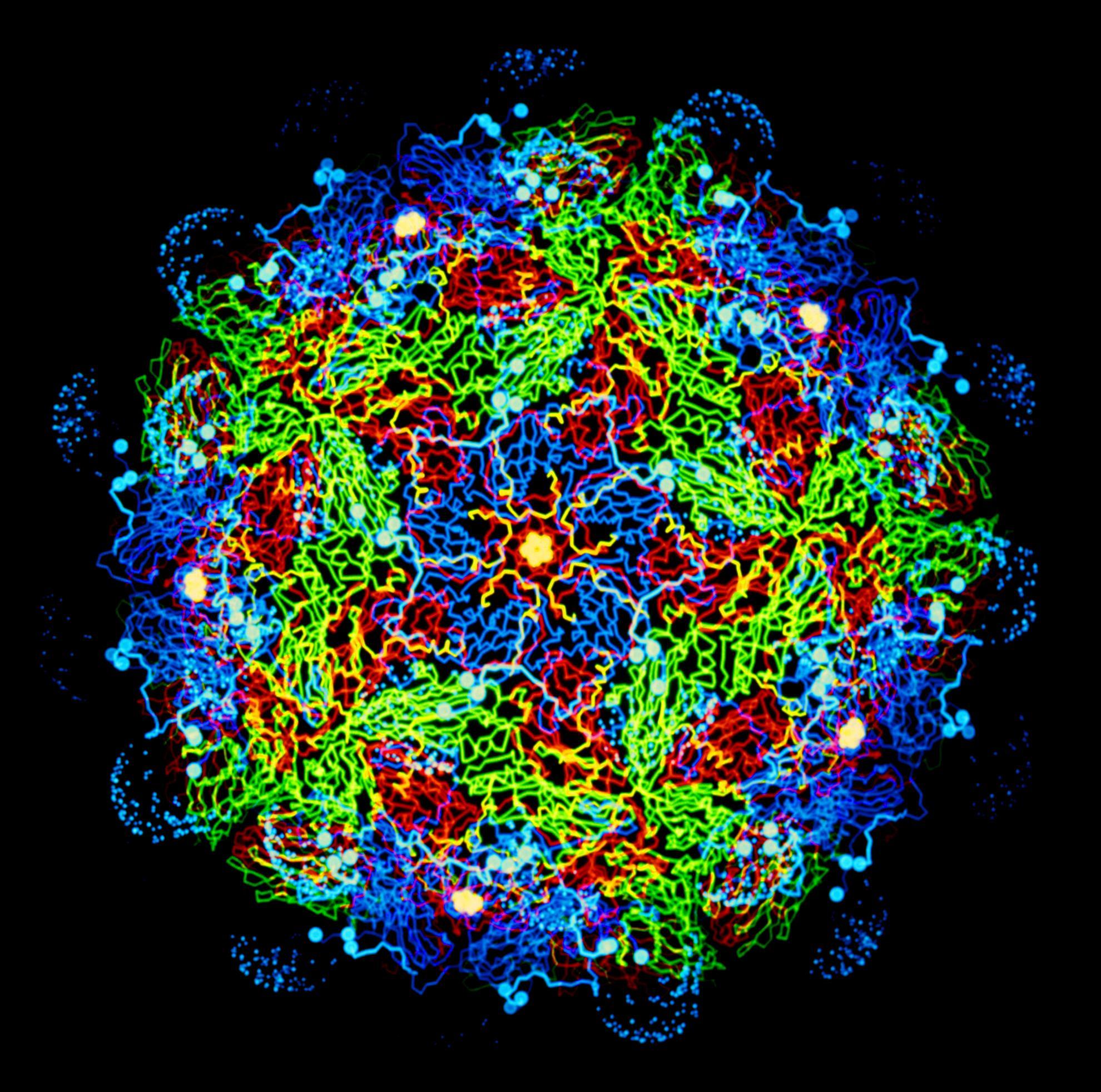Identification of a BTV-strain-specific single gene that increases Culicoides vector infection rate
Since the 2000s, the distribution of bluetongue virus (BTV) has changed, leading to numerous epidemics and economic losses in Europe. Previously, we found a BTV-4 field strain with a higher infection rate of a Culicoides vector than a BTV-1 field strain has. We reverse-engineered parental BTV-1 and BTV-4 strains and created BTV-1/BTV-4 reassortants to elucidate the influence of individual BTV segments on BTV replication in both C. sonorensis midges and in KC cells. Substitution of segment 2 (Seg-2) with Seg-2 from the rBTV-4 significantly increased vector infection rate in reassortant BTV-14S2 (30.4%) in comparison to reverse-engineered rBTV-1 (1.0%). Replacement of Seg-2, Seg-6 and Seg-7 with those from rBTV-1 in reassortant BTV-41S2S6S7 (2.9%) decreased vector infection rate in comparison to rBTV-4 (30.2%). However, triple-reassorted BTV-14S2S6S7 only replicated to comparatively low levels (3.0%), despite containing Seg-2, Seg-6 and Seg-7 from rBTV-4, indicating that vector infection rate is influenced by interactions of multiple segments and/or host-mediated amino acid substitutions within segments. Overall, these results demonstrated that we could utilize reverse-engineered viruses to identify the genetic basis influencing BTV replication within Culicoides vectors. However, BTV replication dynamics in KC cells were not suitable for predicting the replication ability of these virus strains in Culicoides midges.


